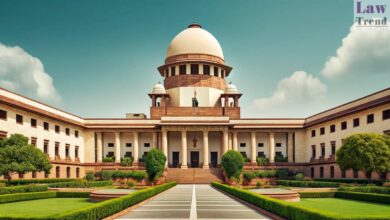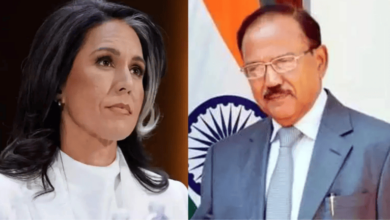
Justice BV Nagarathna, while delivering the recent Supreme Court judgment, said, “Judges should be careful while criticizing the decisions of the past judges merely on various outcomes.” The court said not every privately held property could be considered a community resource and made available for appropriation by the state for the common good.
This historic lead judgment was pronounced by a nine-judge Constitution bench headed by Chief Justice of India DY Chandrachud and comprising Justices Hrishikesh Roy, Nagarathna, Sudhanshu Dhulia, JB Pardiwala, Manoj Misra, Rajesh Bindal, SC Sharma, and AG Masih. Three opinions have been written-one by the Chief Justice, and one by Justice Nagarathna-whereas Justice Dhulia presented a dissenting view in an 8-1 majority verdict.
A most important reference during the judgment was the 1977 case of the State of Karnataka vs. Ranganath Reddy regarding the nationalization of private transport companies and the quantum of state interference in private enterprises.
The Karnataka government then tried to nationalize private bus services, which prompted a narrow judgment by a seven-judge bench. The bench said that private property did not constitute the community’s material resources. The minority, Justice VR Krishna Iyer, held that for this concept, both public and private resources would be aggregate or community material resources.
Chief Justice Chandrachud, while passing today’s judgment, accepted that privately owned resources could conform to this definition of community material resources but discarded this view to state the majority opinion pronounced in the Ranganath Reddy case.
The Chief Justice said that Justice Iyer’s judgment showed clear signals of inclination towards the economic theories of state control over private property for public wealth. He explained that the court is not obliged to prescribe any economic theory but is committed to economic democracy and thus held that India was moving from a socialistic pattern to a more liberal economic structure.
Justice Nagarathna, for the bench, answered that Justice Iyer’s judgment was pronounced in a constitutional scheme of things when state interest was paramount. Can the principles of liberalization and globalization followed since 1991 now look back and say that such judgments pronounced were an unworthy service to this Constitution, without considering the imperatives that existed at that time?.
She indicated that past criticism of those decisions may have created a lopsided perspective on the fidelity of former judges and to the Constitution. On the other hand, she did join the majority for the flexible interpretation of the Constitution, which would evolve with time according to new challenges yet respect the wisdom of prior courts.
Justice Dhulia, in his note of dissent, also criticized the Chief Justice for the harsh and avoidable comments against the Krishna Iyer Doctrine. This judgment indicates how the judiciary needs to balance the nuances of judicial evolution while showing respect for the contributions of judges who have helped shape the law.



